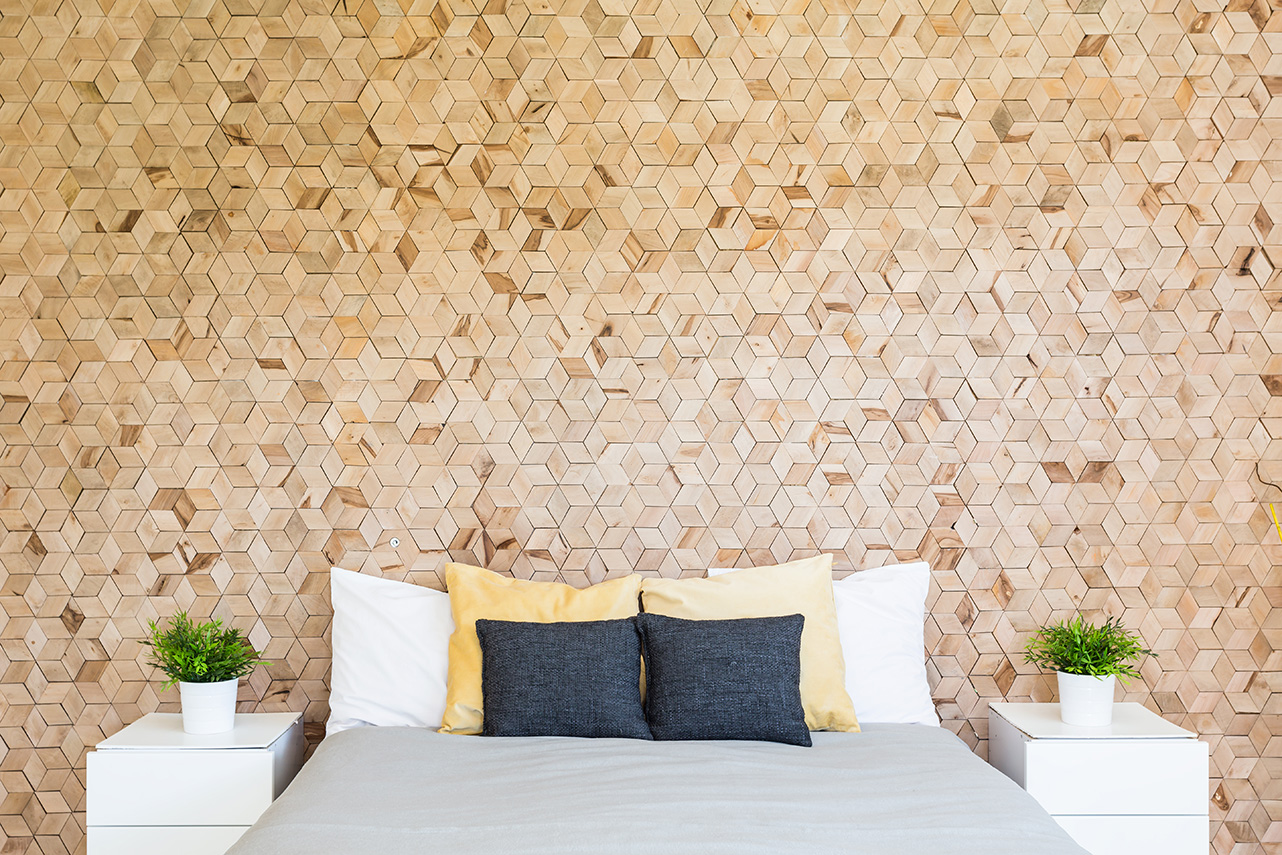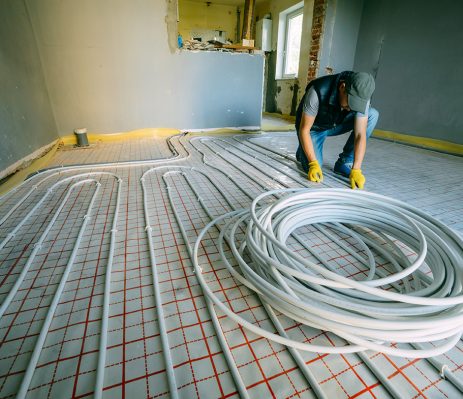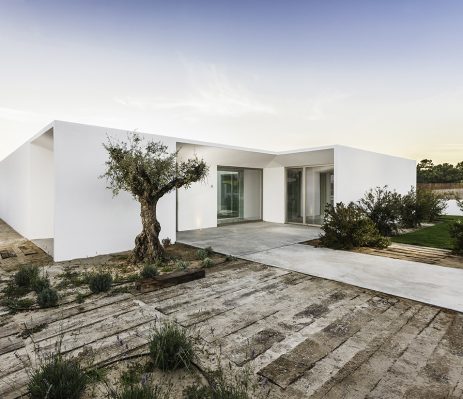Concern for environmental protection is now widespread. In architecture and construction, this concern translates into the use of eco-friendly materials and practices that help conserve the resources of the environment. The saving of energy, the decrease in the emission of polluting gases and the sustainable use of resources are in the forefront of the construction of new sustainable homes.
Sustainable and bioclimatic architecture aims to achieve maximum environmental performance and the lowest possible impact. The design and construction of sustainable homes takes into account a number of factors such as weather conditions, the ecosystem or hydrography.
WHAT IS SUSTAINABLE HOME OR A BIOCLIMATIC HOME?
Sustainable homes are those that respect the environment. that is to say, homes for whose construction both energy-saving resources and ecological materials have been used. They are characterized by being integrated into nature, with large windows and located in places where natural energy sources, i.e. good reception of light and water, can be leveraged.
For a home to be sustainable, it must respect green areas and their biodiversity. Therefore, during its construction it is sought to have a minimum impact on natural areas, respecting the flora and fauna of the place.
CRITERIA AND REQUIREMENTS FOR SUSTAINABLE HOMES
The fashion for the ecological generalizes and attributes the adjective of sustainable to houses that are not, only for the fact of having solar panels or make use of some ecological material. These ratings that are made lightly are far from reality, since there are many sustainability criteria that should be used from the design of the home, such as:
Orientation
For a house to be sustainable it is necessary that its orientation has been taken into account in order to make the most of the hours of natural light. The objective is not simple: to capture as much sunlight as possible during the winter while protecting against direct exposure during the summer. Likewise, the orientation of each of the rooms to reduce energy demand is planned.
Energy Efficiency
These homes, due to their orientation to the sun and location, try to make the most of renewable energy sources, including natural light, with the aim of minimizing energy consumption. It is also necessary, during construction and design, to achieve thermal insulation and suitable climatic conditioning. Much more can be done to achieve energy efficiency, such as using energy-efficient light sources and appliances, as well as energy-saving biomass boilers.
Thermal and ecological insulation
The greater the insulation, the greater the sustainability. But that’s not enough because insulation materials must also be environmentally friendly and must have a number of characteristics:
• The insulation must be based on healthy, non-toxic materials, i.e. they must be free of plastics or other components derived from petroleum or substances that are harmful to health.
• They must be durable, recyclable and biodegradable.
• The manufacturing processes of this insulation have also required a minimum consumption of energy.
• It is essential that their insulation capacity is efficient.
• Some of the insulation materials that meet these requirements are cork, sheep’s wool, hemp, flax or cellulose.
Renewable energies
The use of natural resources is the ideal ecological option to provide a sustainable home. Currently, the main renewable energies are photovoltaic, mioeolian and biomass (light, air and organic matter). As all factors are related, the availability of space, the orientation of the home, its location and the weather characteristics of the place where we live, among others, must be considered to choose between one or the other.
Respect for the environment
The aim is to take advantage of all the resources offered by the environment, so that the construction of the house has the least impact on the space where it will be used for this plant coverings. Likewise, the green areas of the house are adapted to the climate of the place, trying to make the most of it.
Sustainable materials
In addition to careful selection of insulation materials, ecological materials are also used in construction. They will be those that have a low impact on the environment but do not lose their properties of durability and resistance. They are reusable or recyclable if they are not altered by climatic changes (cold, heat or humidity). These materials also capture energy and Co2 and seek to minimize or eradicate pollution.
SAVING WITH SUSTAINABLE HOMES
One of the main advantages of sustainable homes is that they reduce energy consumption, which means great long-term savings. The difference with conventional homes can reach up to 60% depending on the factors mentioned above. Savings tend to be concentrated on electricity and water services.
There are many resources that can be used to make a home more sustainable. For example, evaporative systems and water sprinklers can be used to moisten curtains and minimize summer weather conditions as heat is absorbed. The color of the facades is used to save energy. For example, in several areas of Spain, houses are painted white to reflect heat, and in cold areas the walls are painted black or dark colors to absorb it. Landscaping is also a great ally. For example, trees are placed that provide shade and protection against the wind.
ARQUIFACH: ARCHITECTS IN CALPE, ALTEA, BENISSA AND TEULADA
Arquifach is an architectural firm that operates on the Costa Blanca: in Calpe, Altea, Benissa, Teulada and Moraira. It has more than 46 years of experience in the construction, architecture and town planning sector and a professional team specializing in different fields of architectural design, construction, planning, pathology reports, valuations and general advice. Contact with Arquifach Architects.




